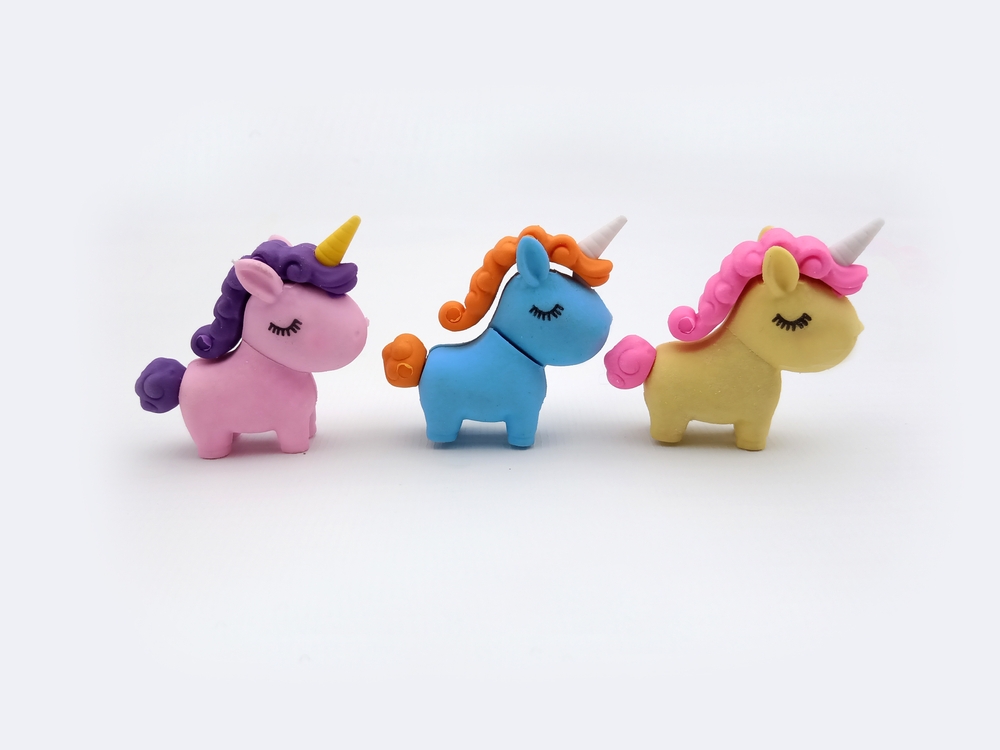What do we know about value? When we’re grocery shopping we think that 2 for 1 is a bargain or 30% looks like a good price. But does an item represent value at 50% off if you didn’t intend to buy it in the first place? As the regulators take a stern look at our supermarkets for price gouging, shrinkflation and manipulating prices, we realise that our perception of value is not as straightforward as we thought.
Non-profits constantly ask us about valuing their assets. How much am I worth? It’s intended as a pathway to the million-dollar question- how much should I ask a corporate partner for?
The NYU Professor Aswath Damodaran is an expert in corporate finance and valuation. He outlines three common myths about valuation and they are just as relevant to corporate partnerships as to investors.
Myth 1: There is an objective ‘true’ value
If I were to say that your brand and your assets are worth $50,000 what would you do with the answer? Would you constrain your partnership asks to less than 6 figures? That could mean missing out on potentially millions of dollars by being too timid. Just because you’re a small charity with a modest budget doesn’t mean that your offering isn’t highly valuable. In the same way a big NFP brand might be more confident to ask for a higher price, even if they’re not objectively any better.
The search for an objective true value is more of a comfort blanket for non-profits to give themselves the confidence to negotiate with corporate prospects. In reality all valuations are biased in some way. They’re typically biased by timing, scarcity, appetite, alternatives or competitive environment. We once got a corporate to double its commitment because they didn’t want to be seen publicly as giving less than their main competitors.
Myth 2: There is a precise estimate of value.
In the novel the Hitchhikers Guide to the Galaxy the intrepid travellers find Marvin the all knowing robot and ask him the answer to life. He clicks and whirrs for while and gives them a response: the answer to life is 42. Which was an answer that was completely useless to the travellers. In reality there are no precise valuations. What is valuable to one corporate may be Kryptonite to another. There are many factors that determine the ultimate price and they’re all subjective.
The cost of manufacturing a bottle of water is $1.29, of which water accounts for $0.0001 and the rest is the plastic bottle production. However, the RRP for that bottle is typically around $4. If you’re stranded in the middle of the ocean, what’s that bottle worth to you? It’s priceless. But if you’re at home with access to clean drinking water, it’s barely worth bothering with.
Myth 3: the more quantitative the value the better
It’s comforting to put a number on value, but it can lead you down a dead end when you’re a non-profit. What’s the price of a life cured from cancer? Or achieving marriage equality? Sure, you can look at the economic cost of homelessness or days of productivity lost to ill health. But they’re proxies for the bigger impact that your cause can achieve.
The search for an objective, precise and monetary valuation for your brand, assets and cause is sending non-profits down the wrong path. So what if someone gives you a valuation on your marketing assets? Maybe your corporate prospect is interested in your specialist expertise, not your logo or your social media audience. Getting your brand ‘valued’ is a waste of time and money. The only true price is the one that’s acceptable to both you and your partner at that point in time. And you can only find that out with thorough discovery, research and negotiation. Take time to find out what your partner considers valuable and you’ll get much closer to answering that million dollar question.

